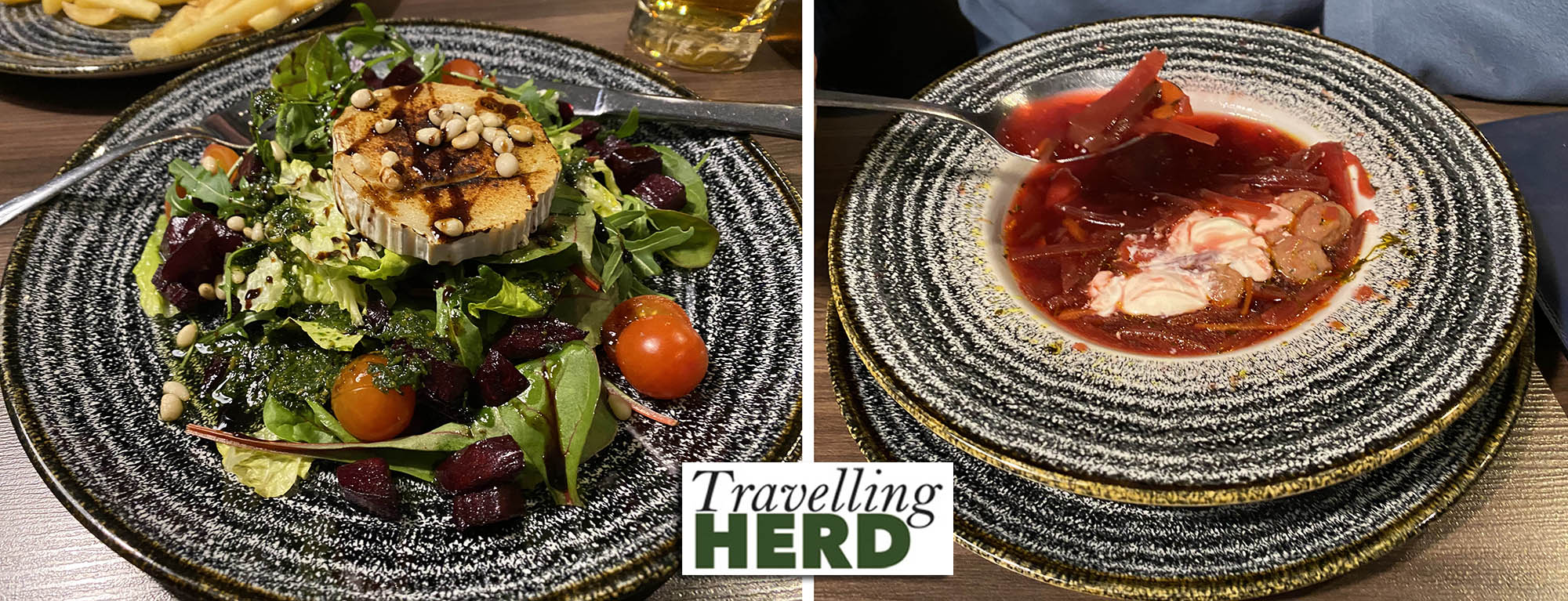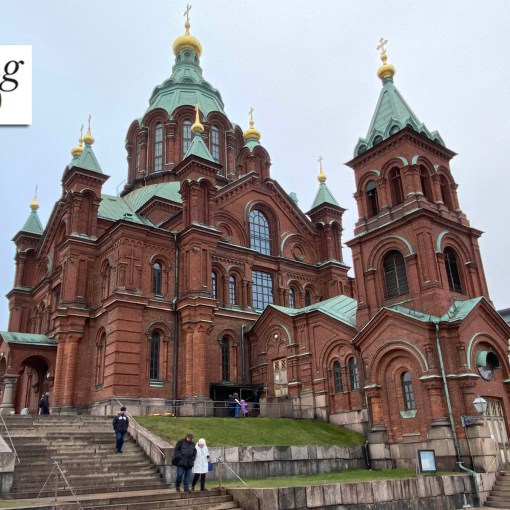Sunday 19th and Monday 20th January 2020
There is currently no direct train service between Riga and Vilnius and to travel to the Lithuanian capital by train involves leaving at 07:40 and going via Daugavpils with a four and a half hour wait for the connection on to Vilnius. We would therefore expect to spend about ten hours travelling and arrive at 18:24.
In a rare departure from our usual preference for train travel, Matilda persuaded Robert that the executive coach service would be a better option as it would take us direct to Vilnius in less time than we would otherwise have been waiting for our connection.
She felt entirely vindicated as, after a lie in, a trip to the hotel gym and a leisurely breakfast, she settled in to the spacious, comfortable, reclining seat which was to be hers for a mere four hours.
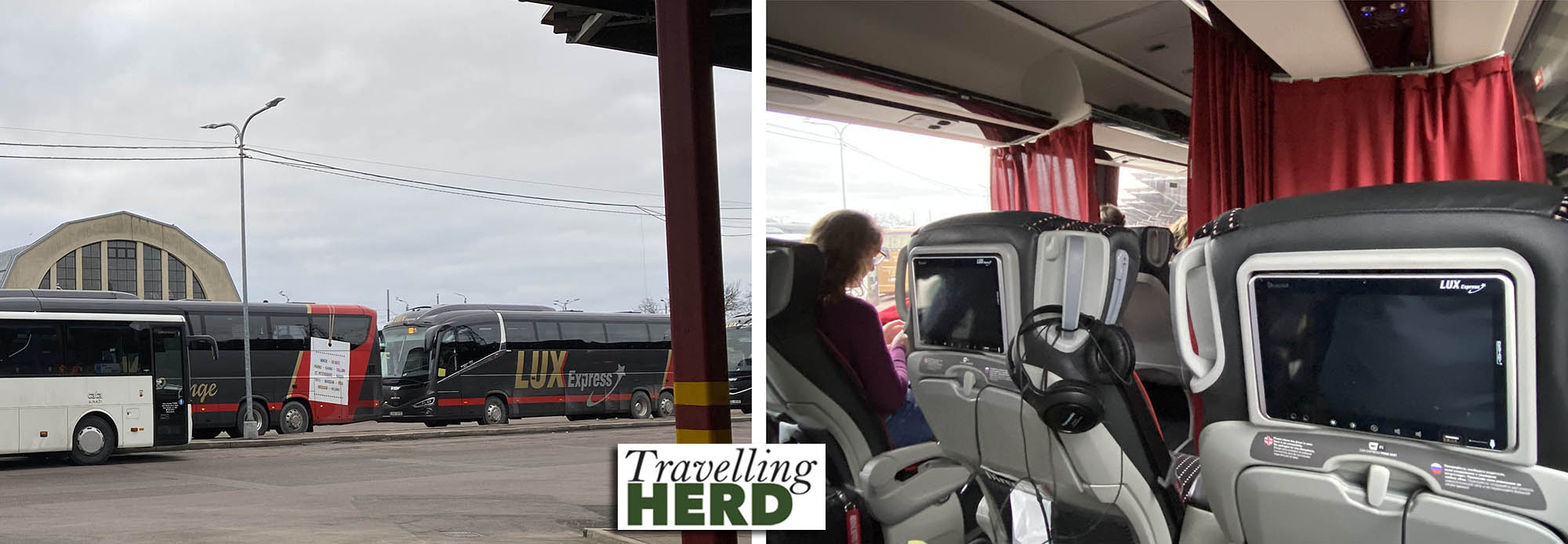
On arrival, Robert obviously felt the need to sample the local ale in a new country and we went to Variokas. The bar is located in the cellars and has a steampunk theme as well as a good selection of local craft beers and some weird bits of tat as ornamentation [see the Video of the Day at the bottom for confirmation].
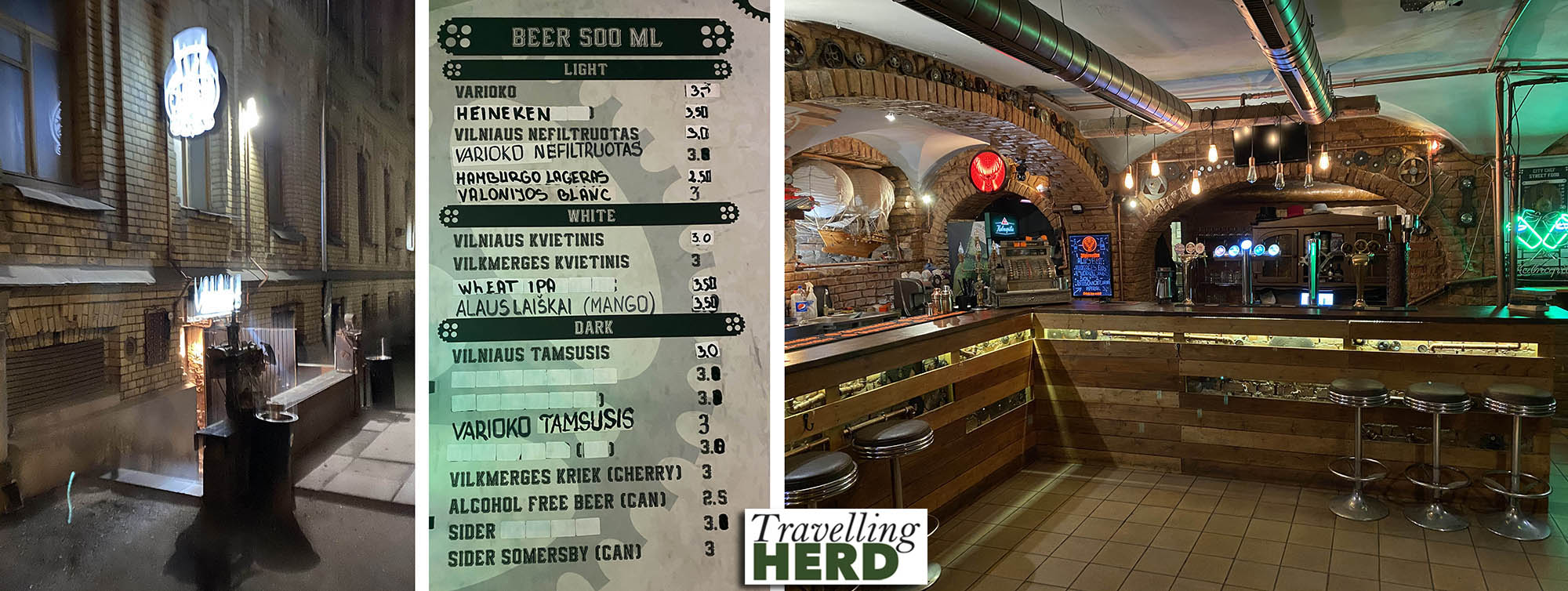
The following day we set off to look at the sights. Matilda wanted to see the cat statue in Jurga Ivanauskaite Square. Quite a formidable feline, it weighs 10 tonnes and was erected to honour the Lithuanian prose writer, essayist, playwright and painter – Jurga Ivanauskaitė (1961 -2007).
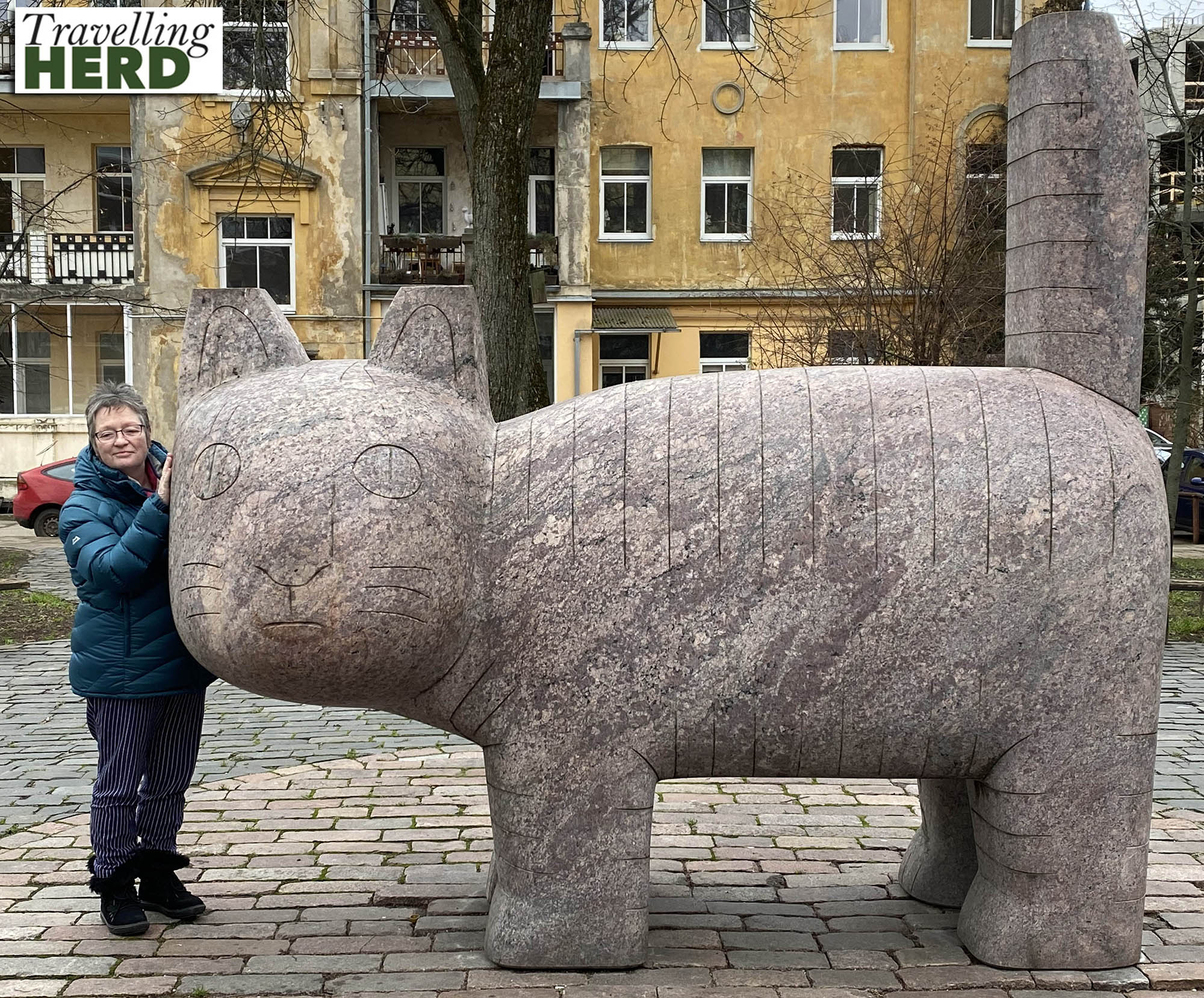
Continuing on to the Halės Turgus, we discovered that the oldest market in Vilnius is closed on Mondays.
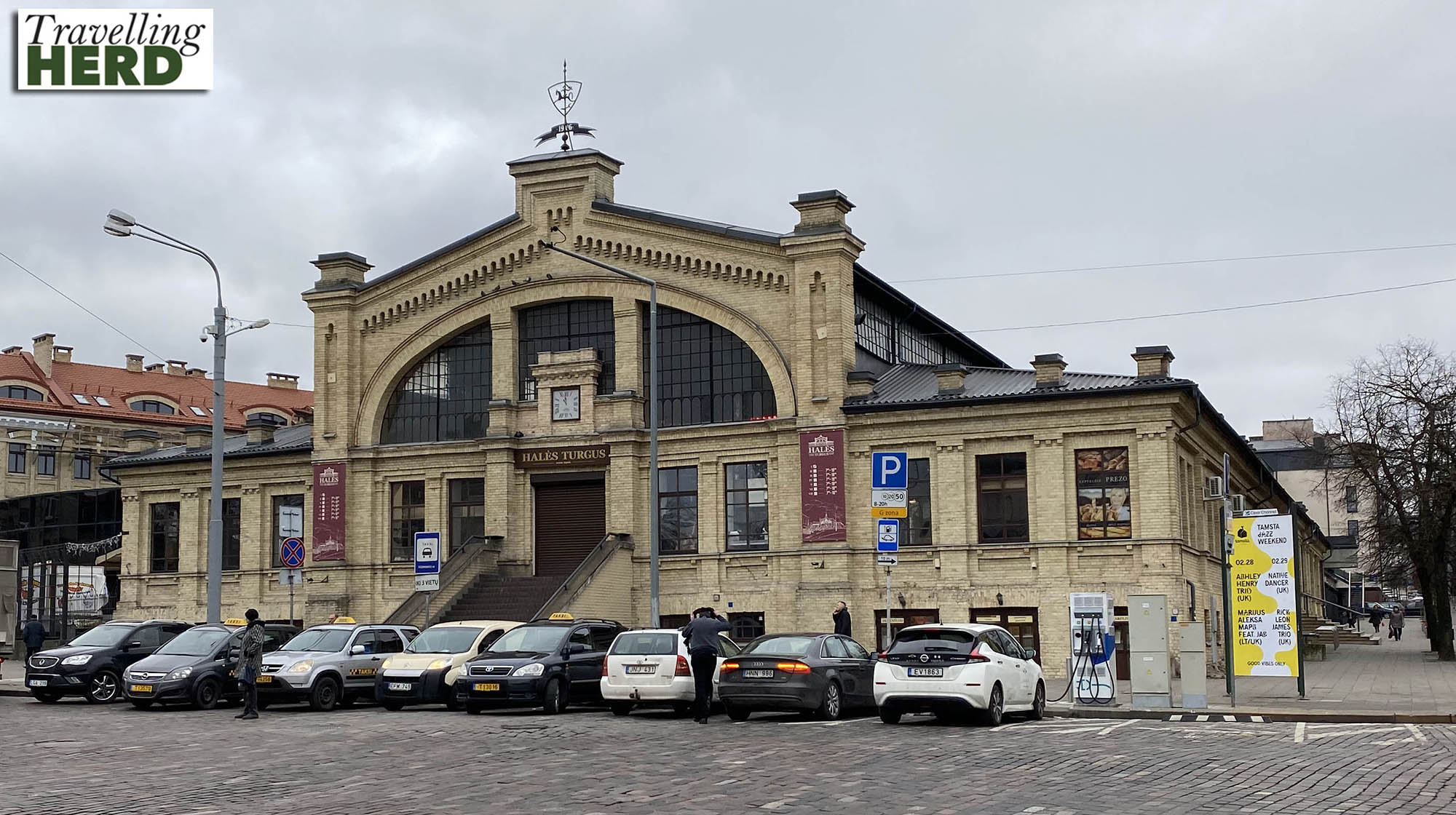
The Chapel of the Blessed Virgin Mary, Mother of Mercy is also referred to as the Gates of Dawn as it is above the only surviving gateway in the old city walls.
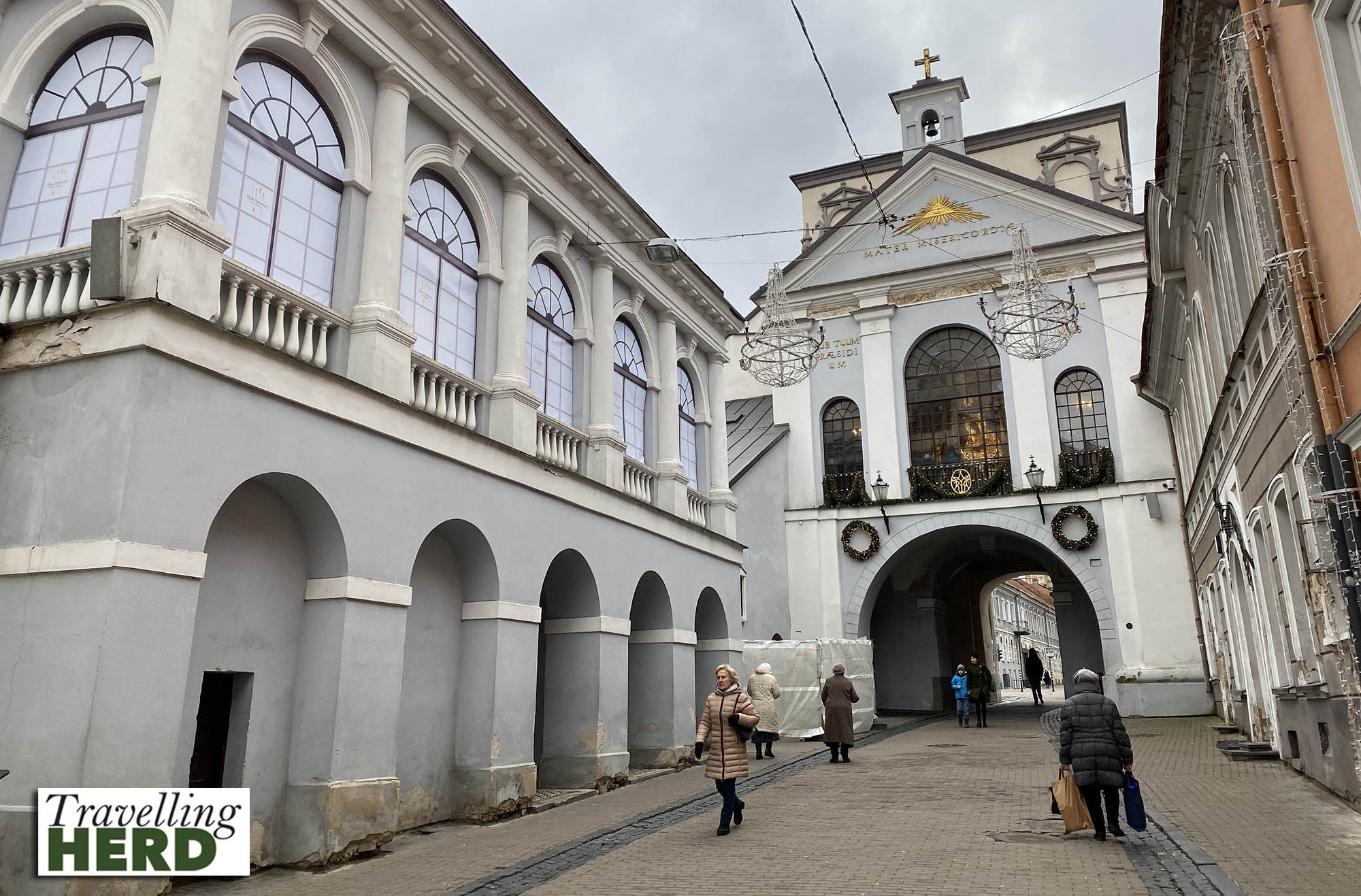
It houses a seventeenth century painting, the Vilnius Madonna, which is said to be linked to several miracles and the chapel is, to this day, an active place of pilgrimage. One woman was standing on the stairs outside the chapel praying, as though she did not feel sufficiently worthy to enter. The interior is adorned with many silver hearts and it seemed disrespectful to intrude on the acts of worship and atonement to take photographs.
A wooden chapel was replaced by the present one which was built between 1712 and 1715.
The Gates of Dawn are linked to the adjoining Church of Saint Teresa of Avila and the monastery complex.

We continued on but found that the Bastion of the Vilnius Defensive Wall was also closed on Mondays.
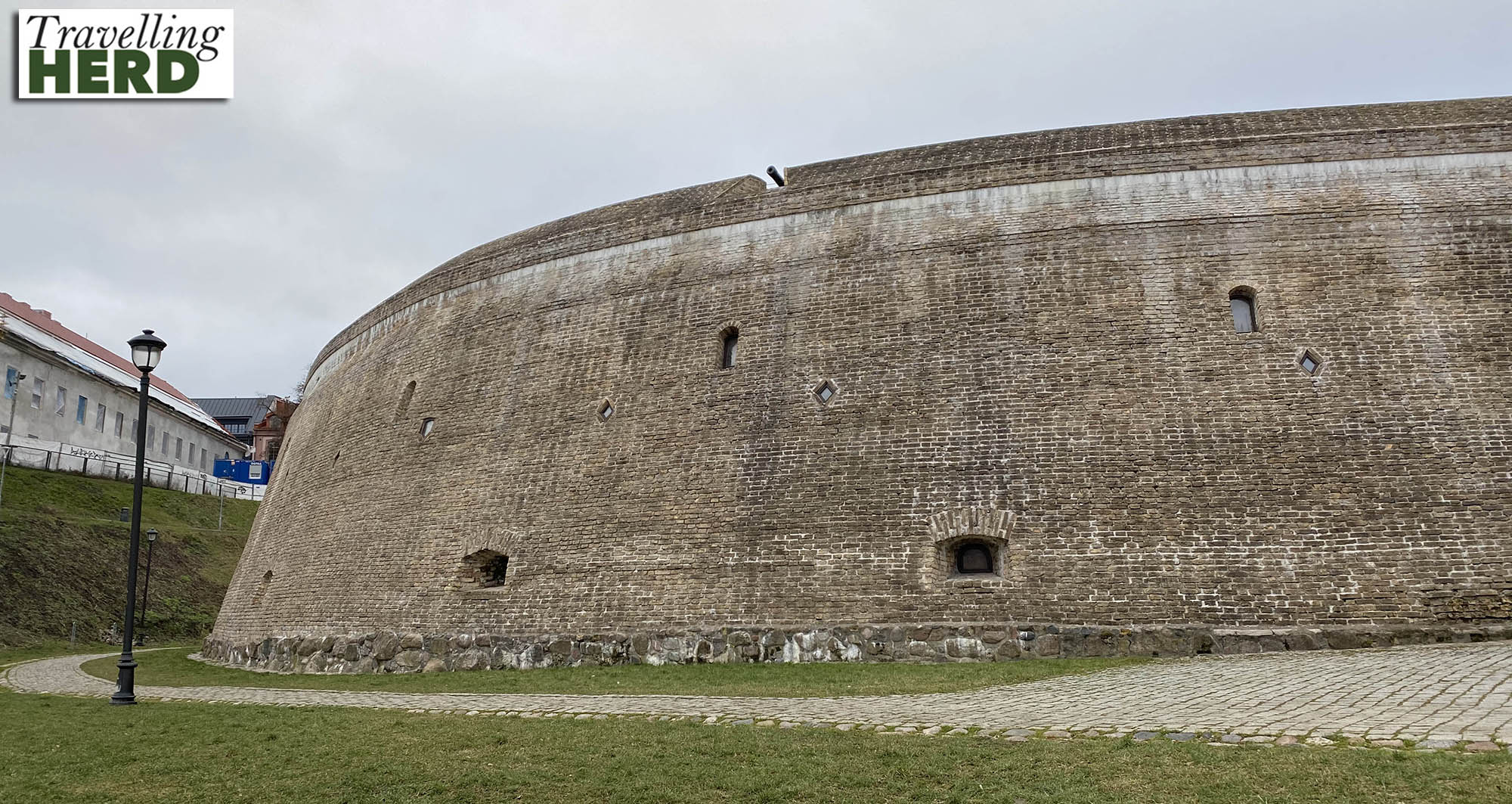
One museum which was open on a Monday was the Museum of Illusions where visitors are encouraged to interact with the exhibits and try and work out how the various illusions work. While Matilda tried to catch the ocean and blow bubbles. . . .

. . . Robert looked into infinity and beyond which he seems to have found rather alarming.
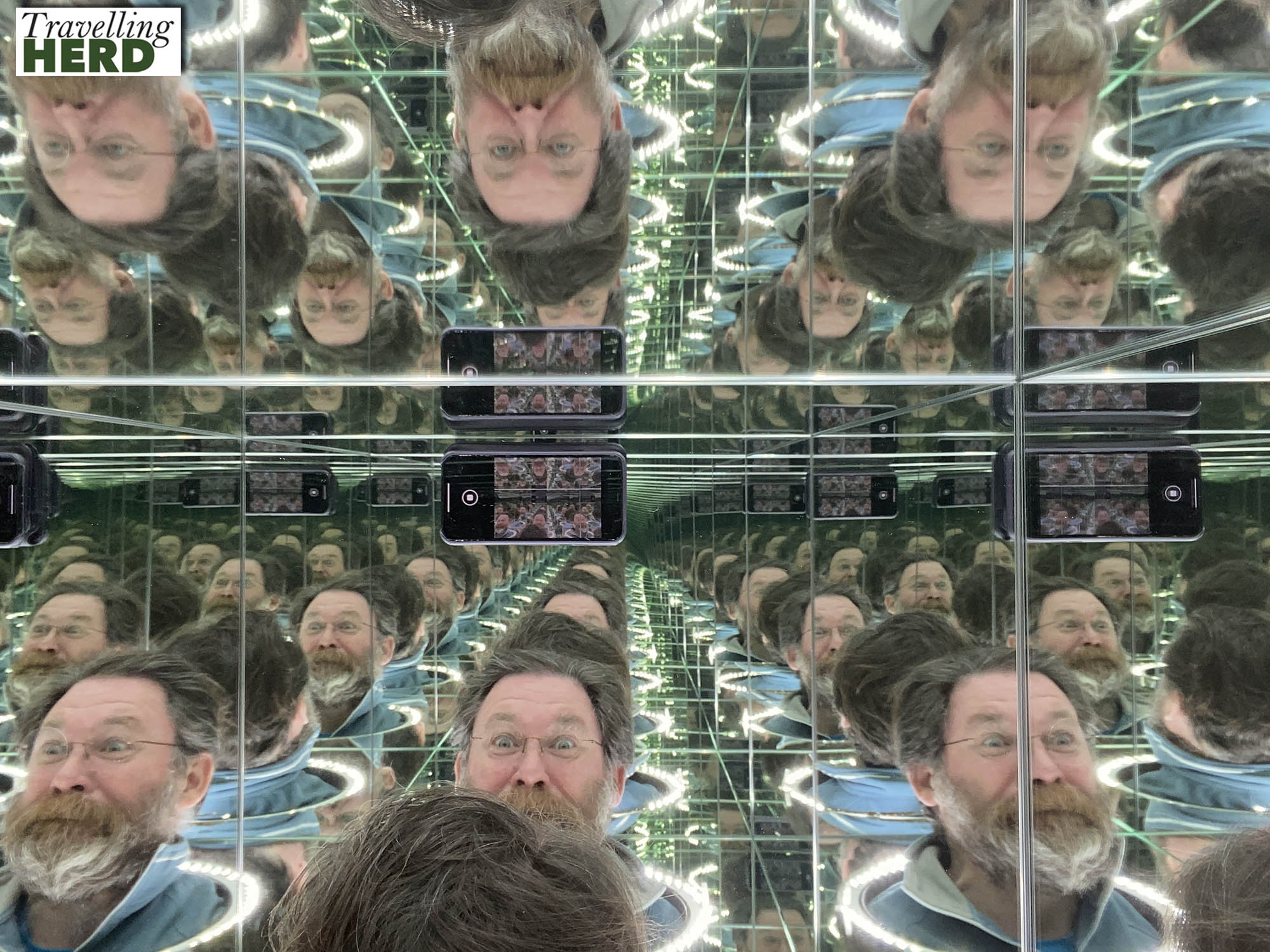
We were told that, if the image below moves for you, then you have some mental health issues, but we weren’t sure whether this was one of the mind games the museum was playing with us and that it would move for everyone [note: this is a still photograph, not a video].
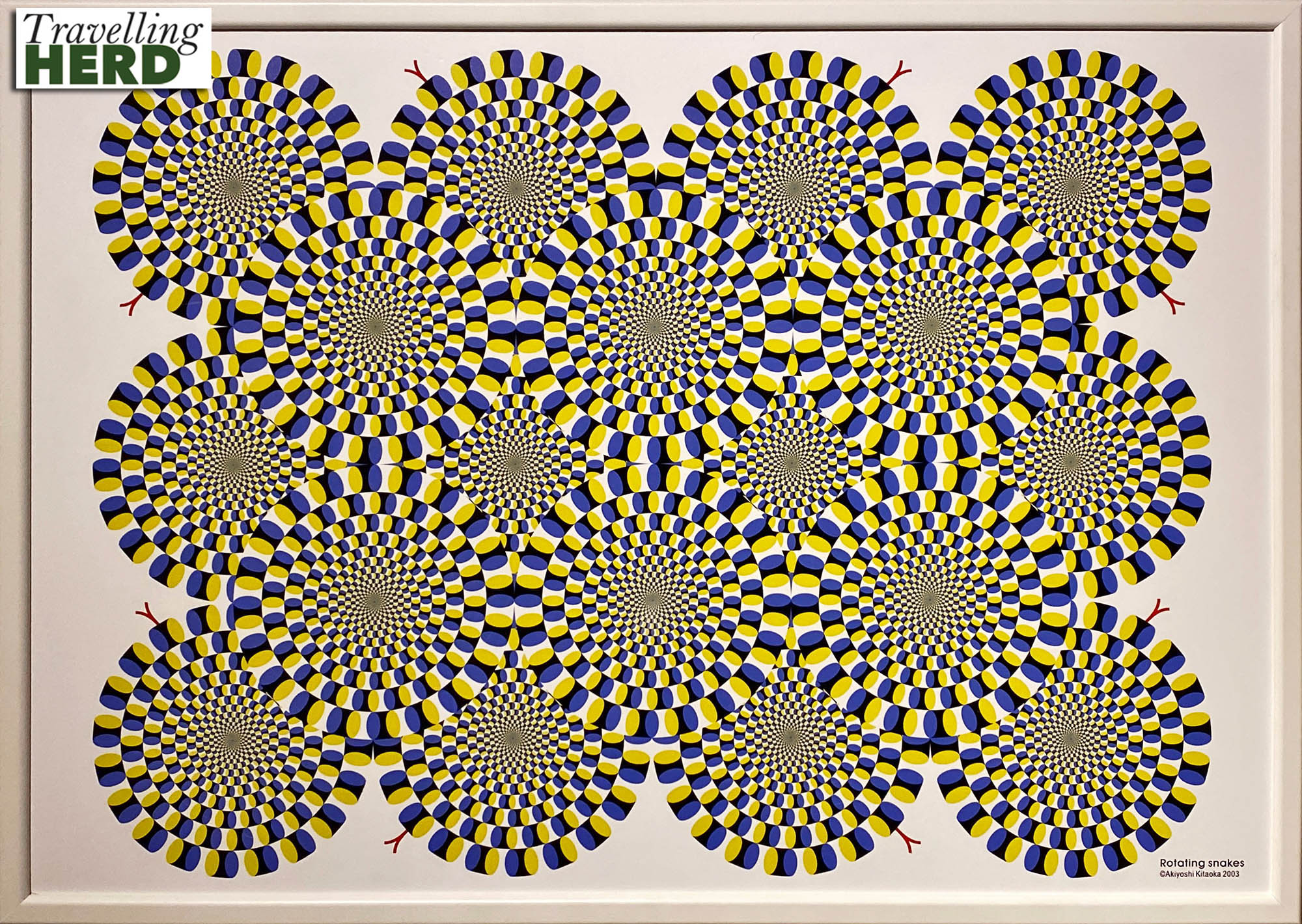
Robert also tried living on the ceiling.

From here, we walked to Town Hall Square. . .
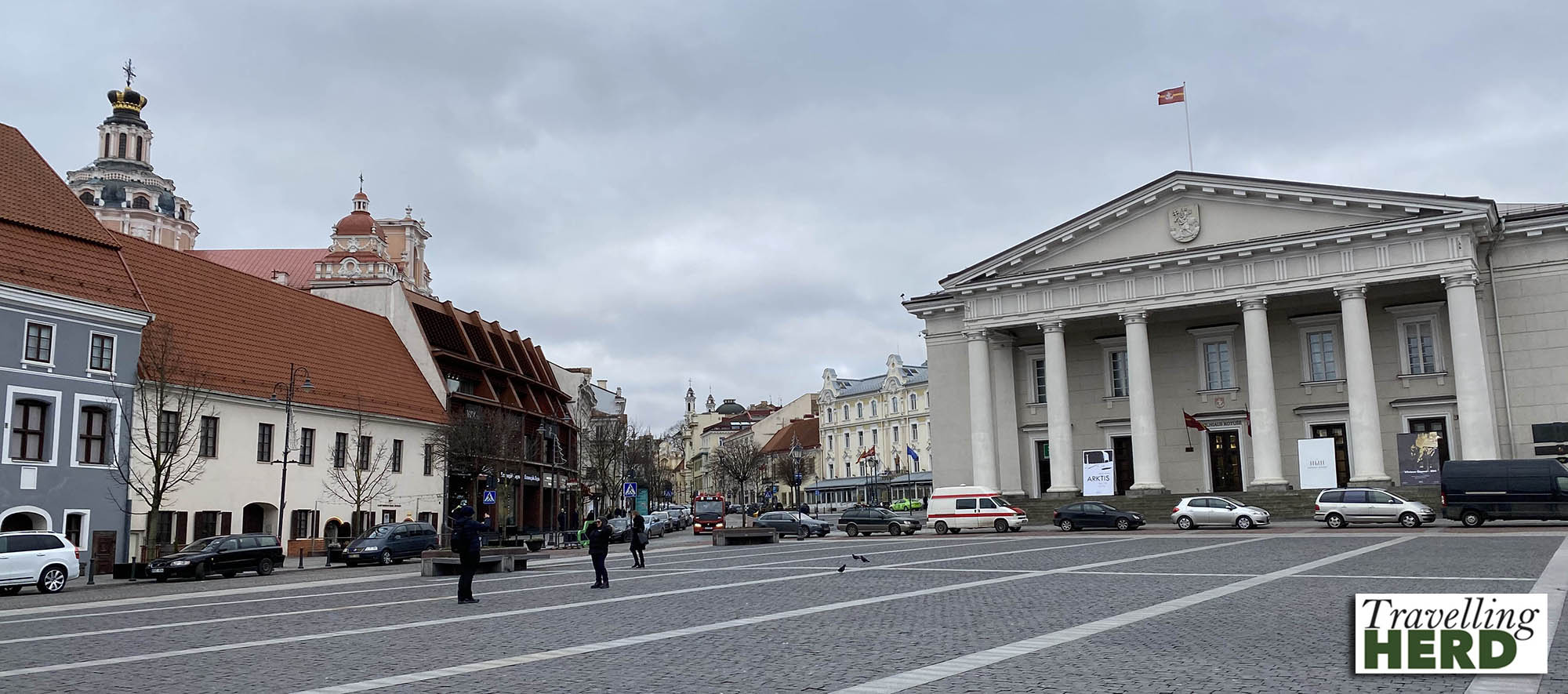
. . . and on past the diminutive Church of St Paraskeva. The church does not seem to have been blessed by good luck as it was completely burnt down in 1557, 1611 and again in 1748. It was renovated after damage during WWII but the Soviet government would not allow services to be held and there were plans to open a Museum of Atheism: earlier this trip we visited Kazan Cathedral in St Petersburg which had suffered a similar fate under Soviet rule. Instead the Church of St Paraskeva housed a gallery of Lithuanian folk art and in 1990 it was reconsecrated.
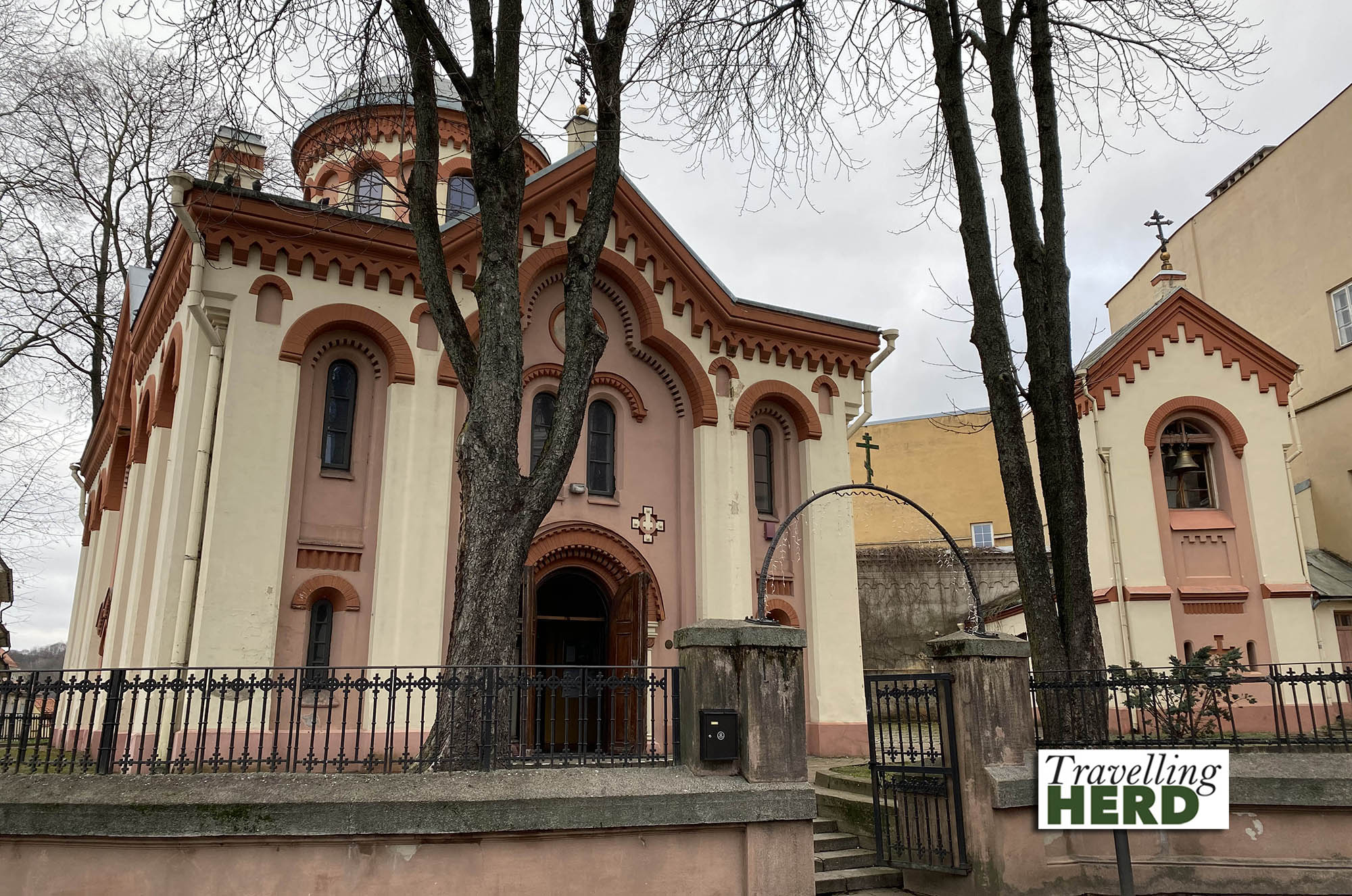
Next we visited the site which comprises the Church of St Francis of Assisi and St Bernadino of Siena, the Bernadine Monastery and the Church of St Anne. According to guide books the Church of St Anne is an excellent example of both Flamboyant Gothic and Brick Gothic architecture, neither of which we had been aware of before we visited. The “flaming facade” [below left] was created using bricks with thirty three differently shaped profiles. Napoleon’s troops used the building as both an ammunition store and a prison and during the Soviet Occupation it was used for storage. The monks eventually returned and its restoration was started shortly afterwards in 1994.

The Palace of the Grand Dukes of Lithuania [below far right] on Cathedral Square was also closed on Mondays and we planned to return the following day before catching our flight home.

The Church of St Peter and St Paul was however open. This grand building was originally part of a monastery complex and the interior, despite some beautiful art, seems suitably austere.

From here we dropped in to Alaus Biblioteka which is a good craft beer bar with an extensive collection of Lithuanian beer. It is also a restaurant.

We then moved on to the best known, and longest established, craft beer bar in Vilnius – Šnekutis.
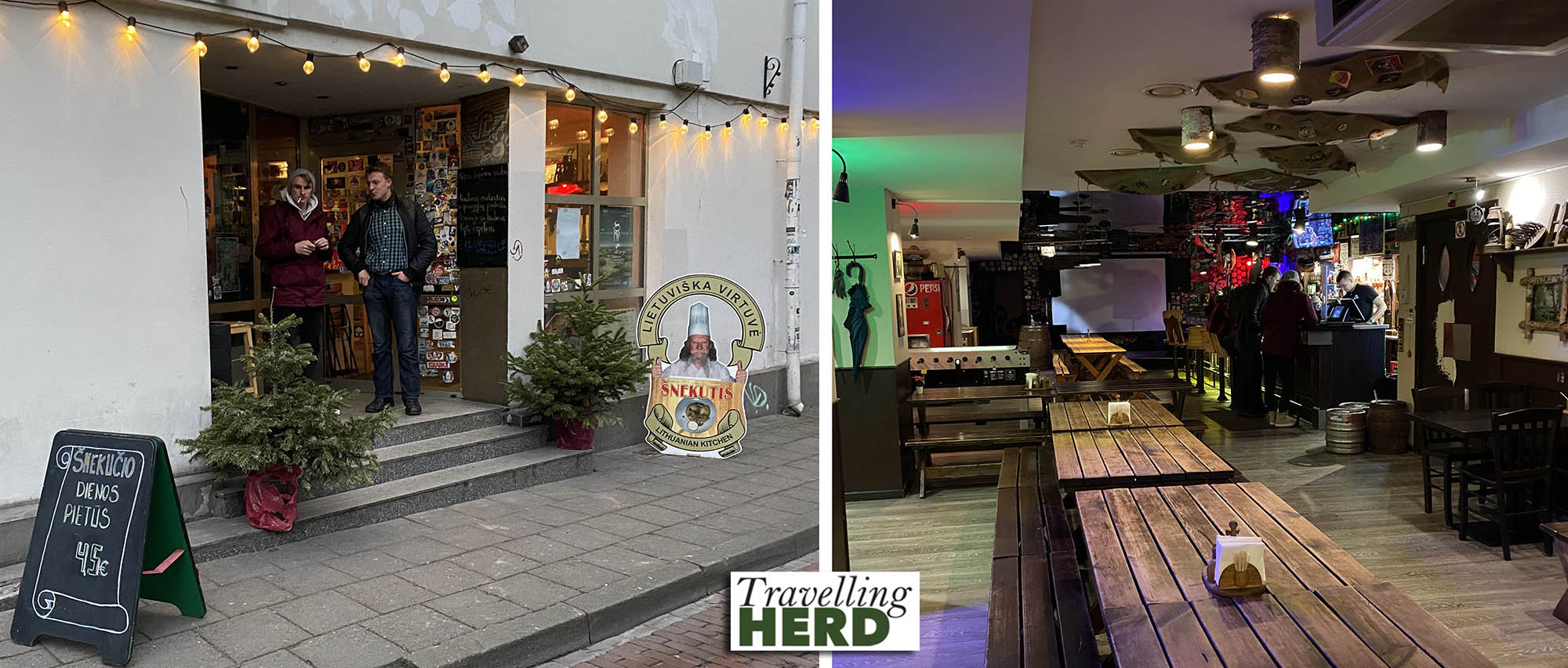
Route Map:
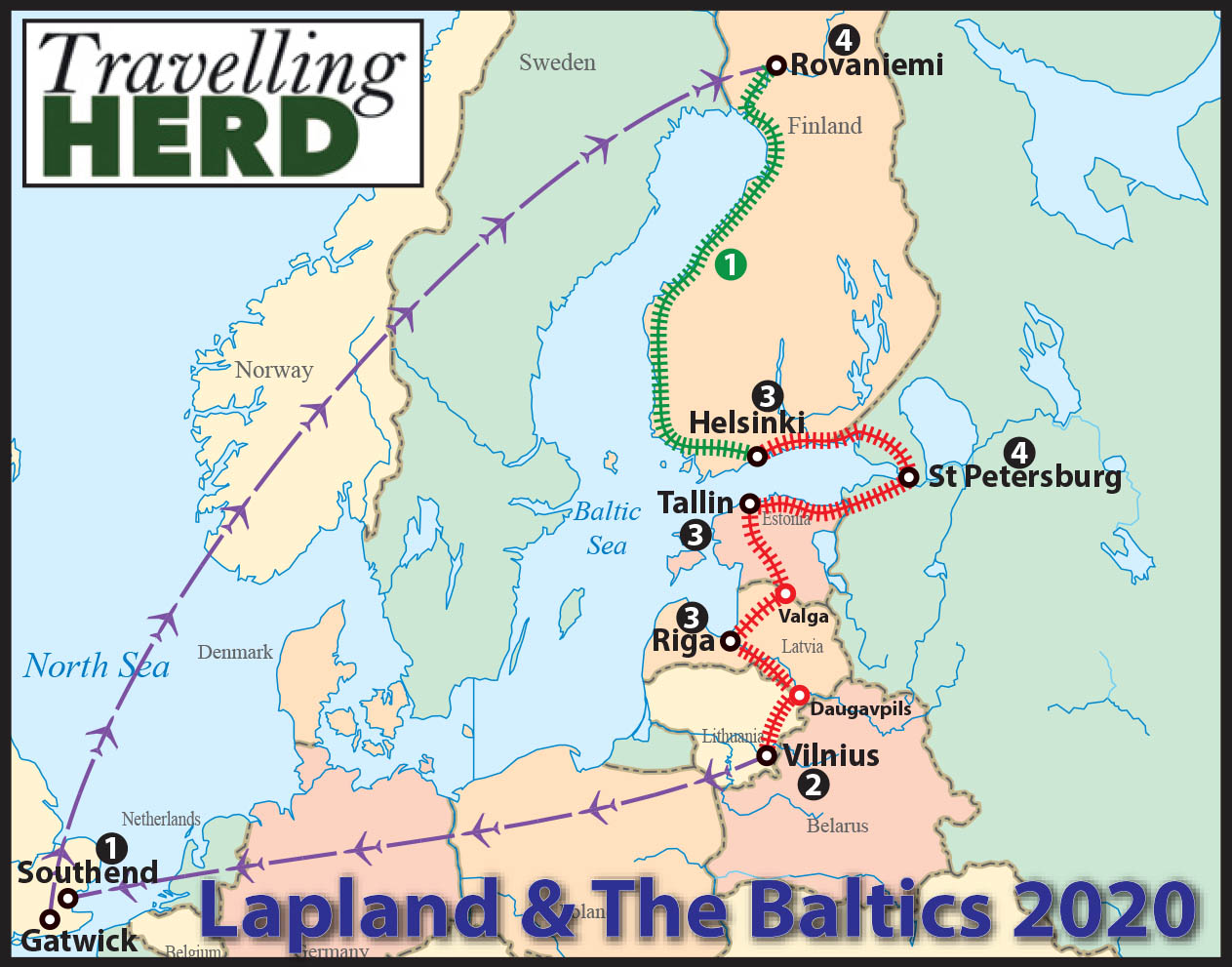
Video of the day:
Selfie of the day:
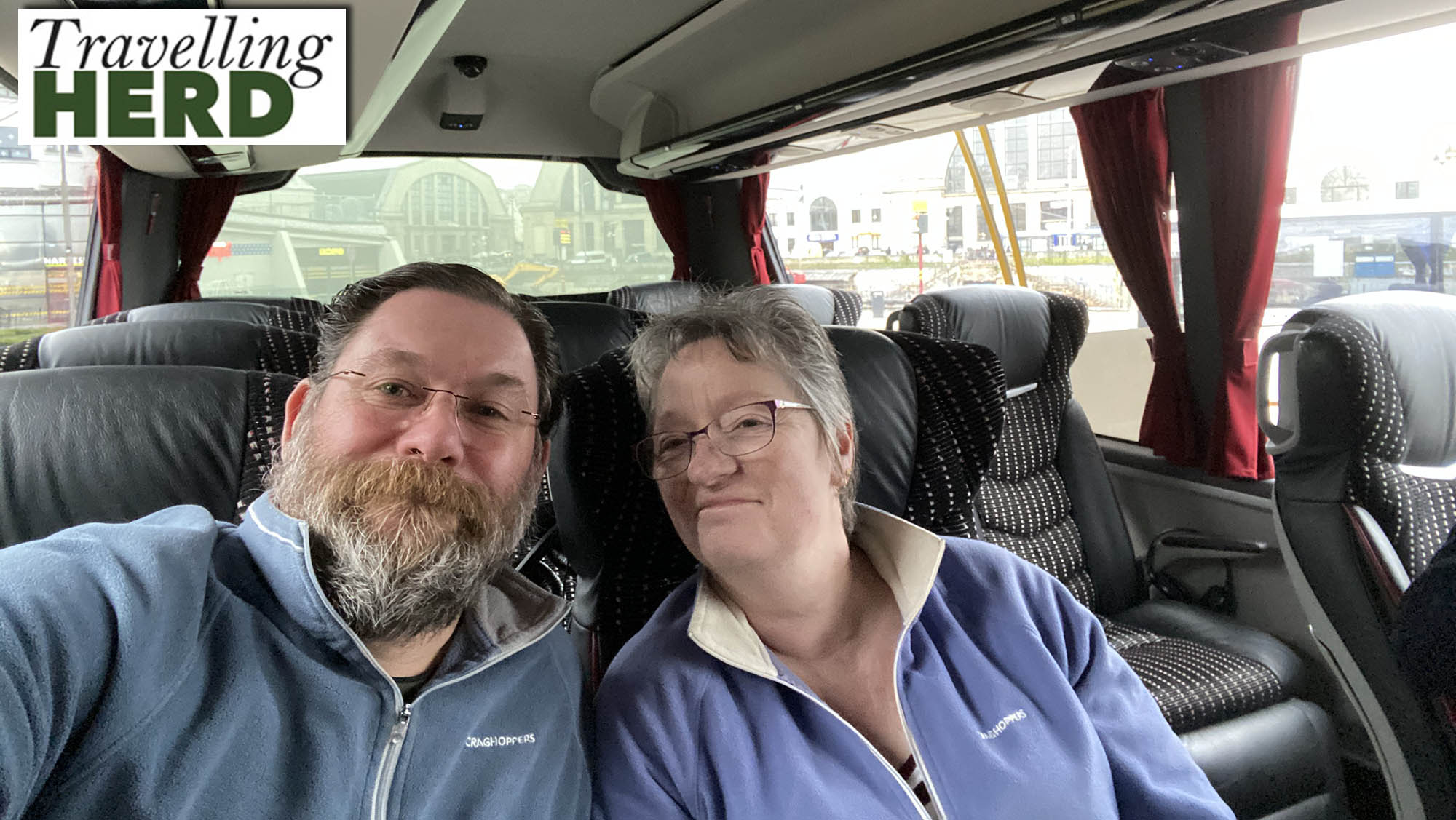
Dish of the day:
